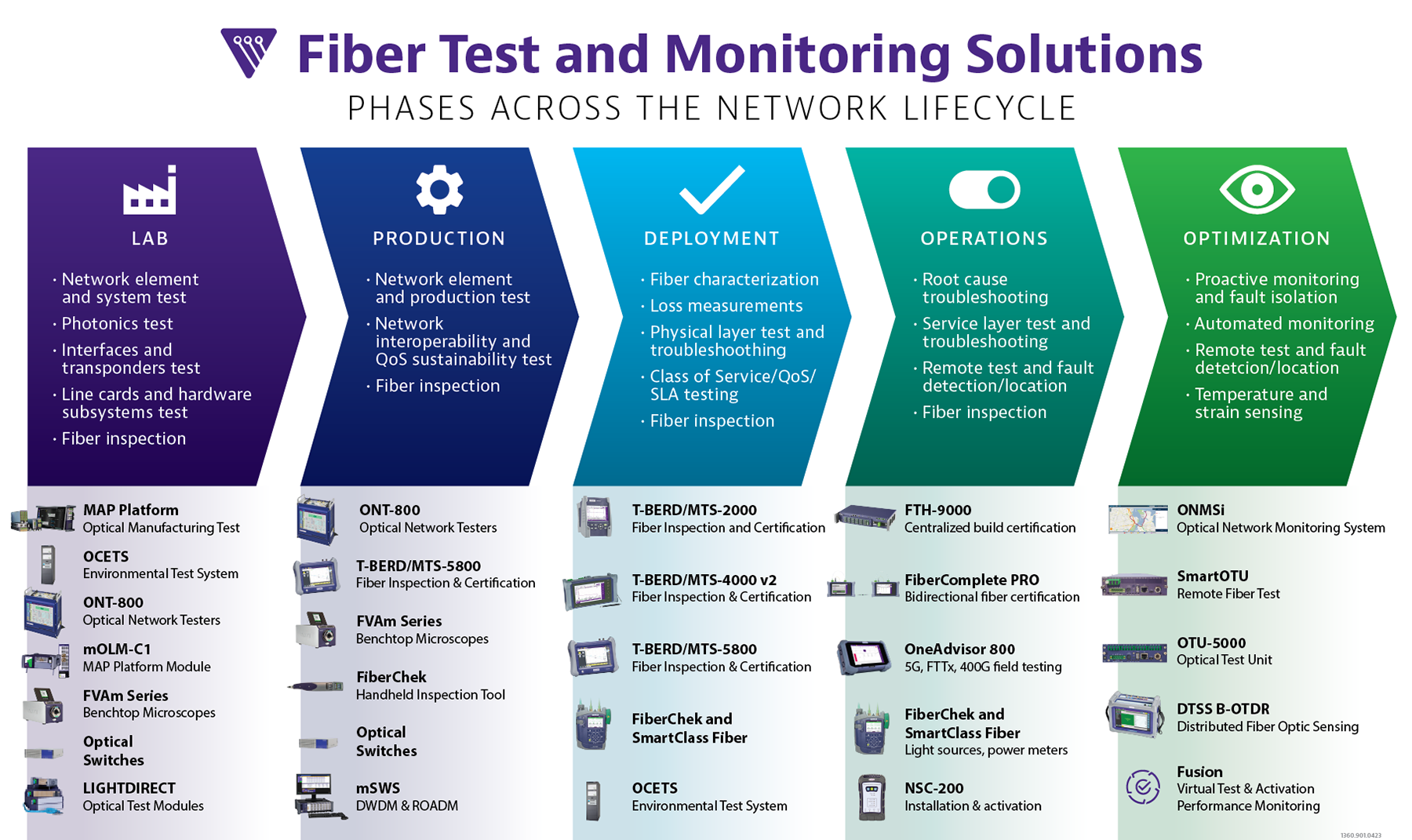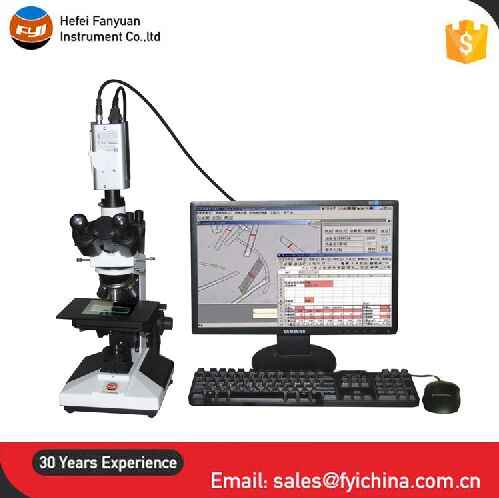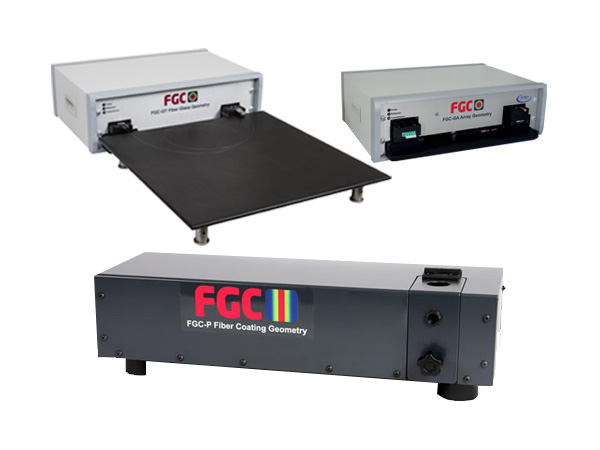The Importance of an Optical Fibre Diameter Analyser in Testing Environments
The Importance of an Optical Fibre Diameter Analyser in Testing Environments
Blog Article
Optimize Your Fibre Optic Efficiency: Recognizing Optical Fibre Diameter Analyser Innovation
The performance of fibre optic systems is seriously affected by the accuracy of their size, an aspect commonly ignored in the quest of ideal signal stability. Understanding the innovation behind optical fibre diameter analysers exposes the elaborate equilibrium between measurement accuracy and production top quality. These gadgets not just improve conformity with sector criteria yet also offer real-time insights that can preemptively deal with prospective concerns. The implications of their usage extend beyond mere measurement; they can fundamentally alter the landscape of fiber optic effectiveness. What aspects should one take into consideration to harness their full capacity?
Importance of Optical Fiber Diameter
The size of optical fibre plays a vital duty in identifying the efficiency and effectiveness of communication systems. Alternatively, smaller diameters tend to support less modes, which can boost signal quality and decrease crosstalk.

Moreover, recognizing the size's ramifications can cause cost financial savings by minimizing the need for signal amplification and repeaters in comprehensive networks (optical fibre diameter analyser). In conclusion, the importance of optical fibre size can not be overstated, as it straight affects the overall efficiency and integrity of contemporary communication systems

Exactly How Diameter Affects Signal Quality
Signal quality in optical fiber systems hinges significantly on the diameter of the fibre. A smaller sized size can lead to greater depletion rates, resulting in signal loss as light travels via the fibre.
Alternatively, bigger diameters normally enable for enhanced light capture and reduced modal diffusion, improving signal clarity. In multimode fibers, a bigger core diameter can support multiple light settings, however it might also introduce intermodal diffusion, which can weaken signal top quality. As a result, selecting the optimum fiber size is critical for achieving the wanted efficiency in particular applications.
Furthermore, the communication between the fibre size and the wavelength of the light utilized plays a critical function in identifying the efficient transmission range and total signal integrity. Comprehending just how fibre size affects signal top quality is necessary for network developers and designers making every effort to maximize optical fibre systems for dependable, high-speed information transmission.
Review of Diameter Analyser Innovation
In lots of optical fiber manufacturing processes, exact measurement of fibre size is important for guaranteeing constant performance and quality (optical fibre diameter analyser). Diameter analysers are advanced instruments developed to evaluate the physical measurements of optical fibres with high accuracy. They employ innovative optical and laser modern technologies to gauge the size, ovality, and concentricity of the fibre, therefore supplying critical data for quality assurance
These analysers can run in-line browse around here during the production process or as component of off-line testing protocols. In-line systems make it possible for real-time tracking, allowing producers to change criteria promptly, consequently preserving optimum manufacturing problems. Off-line analysers, on the various other hand, provide comprehensive analyses of batches, guaranteeing that any inconsistencies from specified resistances are recognized and addressed.
Size analysers dramatically add to the reduction of flaws in optical fibres, enhancing total item integrity. By continually determining vital specifications, these technologies facilitate compliance with market criteria and specifications. As the demand for high-performance optical fibers remains to rise, the duty of size analysers becomes increasingly important in attaining the wanted top quality and performance requirements in fiber optic systems.
Secret Attributes of Fiber Size Analysers
Although numerous designs of fibre size analysers exist, they typically share a number of crucial attributes that enhance their capability and reliability. Among one of the most significant features is high-resolution dimension abilities, which guarantee specific diameter analyses, critical for preserving quality assurance in fibre production. Furthermore, several analysers include advanced optical sensing units created to find minute variations in fiber size, thus giving invaluable data for process optimization.
Another crucial feature is real-time tracking, allowing operators to get immediate comments on fiber diameter throughout the production procedure (optical fibre diameter analyser). This ability assists in rapid changes and minimizes the probability of defects. Numerous analysers likewise come geared up with user-friendly user interfaces, allowing operators to conveniently browse with setups and information results
Additionally, durable information storage and analysis capabilities are necessary for tracking historical efficiency trends and ensuring compliance with sector criteria. These attributes collectively add to the effectiveness of fibre size analysers in optimizing fiber optic efficiency.
Best Practices for Fiber Optimization

First, routine calibration of optical fiber size analysers is necessary. This guarantees exact measurements and decreases prospective disparities that might impact efficiency. Next, preserving a clean functioning environment is important; dirt and pollutants can bring about signal deterioration.
Additionally, it is necessary to pick fibers that meet particular application needs. This includes assessing aspects such as attenuation, bandwidth, and ecological problems. Correct installment techniques need to additionally be stuck to, including staying clear of sharp bends and extreme stress, which can compromise fiber integrity.
Additionally, using innovative surveillance systems can help with real-time performance assessments, allowing punctual recognition of concerns. Regular testing and maintenance ought to be conducted to guarantee that fibres stay within ideal functional specifications.
Last but not least, training workers on the current fiber optimization innovations and methodologies will improve their capability to carry out reliable methods. By complying with these finest techniques, companies can significantly boost the efficiency and lifespan of their optical fiber systems, making sure reliable communication and data transfer.
Conclusion
In final thought, the combination of optical fiber diameter analyser modern technology is crucial for maximizing fiber optic efficiency. By guaranteeing specific dimensions of fiber dimensions, these analysers substantially enhance signal high quality and lower losses during information transmission.
Signal quality in optical fiber systems pivots significantly on the size of the fiber.In many optical fibre manufacturing processes, exact dimension of fibre size is essential for making sure consistent performance and quality. As the demand for high-performance optical fibres continues to increase, the duty of diameter analysers ends up being significantly essential in achieving the wanted top quality and efficiency criteria in fibre optic systems.
These features jointly add to the efficiency of fibre size analysers in maximizing fiber optic efficiency.
In verdict, the integration of optical fiber size analyser innovation is essential for maximizing fibre optic performance.
Report this page